2-in-1 Laser Treatments Machine
Discover the revolutionary 2-in-1 laser machine for hair removal & tattoo removal. Combining 810nm diode & picosecond Nd:YAG technology for effective, long-lasting results. Learn more!
Showing all 5 resultsSorted by price: high to low

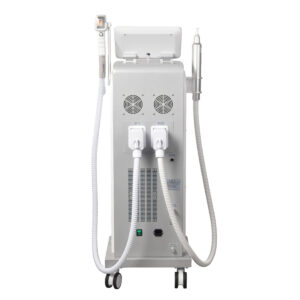
Discover the revolutionary 2-in-1 laser machine for hair removal & tattoo removal. Combining 810nm diode & picosecond Nd:YAG technology for effective, long-lasting results. Learn more!
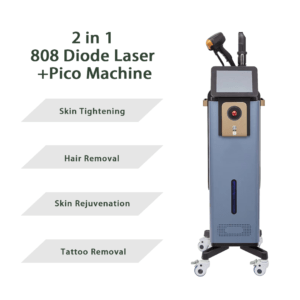
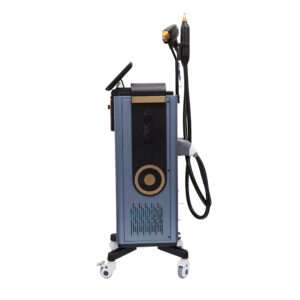
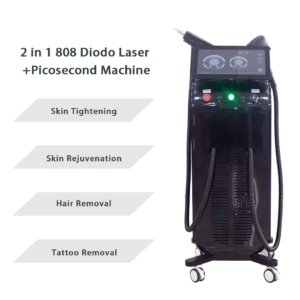

Principle of hair removal: 810 freezing point hair removal technology originated from Germany, is based on the selective photothermodynamic principle, through reasonable regulation of wavelength, energy and pulse width, so that light through the skin surface to the root hair follicle, hair follicle tissue is damaged slow growth or no growth.
Laser principle: By adopting the gem Q-switching mode and the principle of photoblasting, the laser concentrated high energy is emitted instantaneously, so that the laser with fixed wavelength can penetrate the epidermis instantaneously and reach the diseased tissue in a very short time.
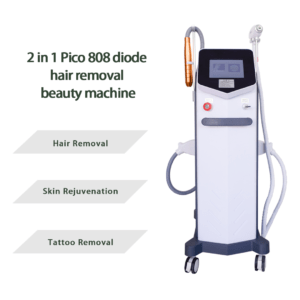
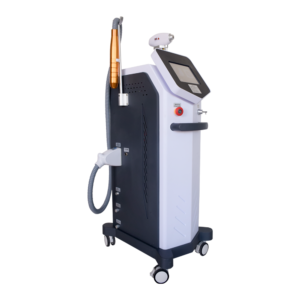


The diode laser has a wavelength of 808nm and has a particular effect on the melanocytes of the hair follicle without damaging the surrounding tissue. The laser light can be absorbed by the melanocytes of the hair shaft and hair follicles and converted into heat, raising the temperature of the hair follicles.
The picosecond laser device uses a very short pulse output mode to replace the thermal effect, and uses the mechanical shock wave principle of light to “crush” the pigment into fine particles through the focused energy, which is easier to be absorbed by human metabolism.